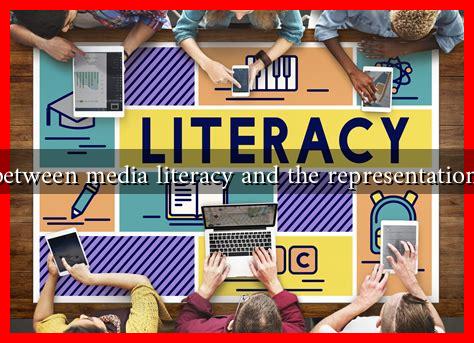-
Table of Contents
What is the Relationship Between Media Literacy and the Representation of Hijab-Wearing Women?
In an increasingly interconnected world, media plays a pivotal role in shaping perceptions and attitudes towards various cultures and communities. One of the most significant yet often misunderstood symbols in contemporary discourse is the hijab, worn by many Muslim women. The representation of hijab-wearing women in media is a complex issue that intersects with media literacy, which refers to the ability to access, analyze, evaluate, and create media in various forms. This article explores the relationship between media literacy and the representation of hijab-wearing women, highlighting the importance of critical engagement with media narratives.
The Importance of Media Literacy
Media literacy empowers individuals to critically engage with media content, fostering a deeper understanding of the messages conveyed. It involves several key components:
- Access: The ability to find and use media effectively.
- Analysis: The skill to critically evaluate media messages and their underlying motives.
- Evaluation: The capacity to assess the credibility and reliability of media sources.
- Creation: The ability to produce media content that reflects one’s own perspectives and experiences.
In the context of hijab-wearing women, media literacy is crucial for understanding the diverse narratives surrounding their representation. It allows individuals to discern between stereotypes and authentic portrayals, fostering a more nuanced view of Muslim women’s experiences.
Representation of Hijab-Wearing Women in Media
The representation of hijab-wearing women in media has often been fraught with stereotypes and misconceptions. Common portrayals include:
- Victimhood: Many media narratives depict hijab-wearing women as oppressed or in need of rescue.
- Exoticism: Some portrayals reduce these women to mere symbols of the “other,” emphasizing their differences rather than their individuality.
- Radicalization: In certain contexts, hijab-wearing women are associated with extremism, perpetuating harmful stereotypes.
These representations can have real-world consequences, influencing public perceptions and policies regarding Muslim communities. For instance, a study by the Pew Research Center found that negative media portrayals contribute to increased Islamophobia and discrimination against Muslim women.
The Role of Media Literacy in Challenging Stereotypes
Media literacy serves as a powerful tool in challenging the stereotypes associated with hijab-wearing women. By fostering critical thinking skills, individuals can:
- Identify Bias: Recognize biased representations and question the narratives presented.
- Seek Diverse Perspectives: Engage with media that offers a range of voices and experiences from hijab-wearing women themselves.
- Advocate for Change: Support initiatives that promote accurate and respectful representations of Muslim women in media.
For example, campaigns like The Hijab Project aim to amplify the voices of hijab-wearing women, showcasing their stories and experiences beyond stereotypes. Such initiatives highlight the importance of representation and the need for media literacy to appreciate these diverse narratives.
Case Studies and Statistics
Several case studies illustrate the impact of media literacy on the representation of hijab-wearing women:
- Documentaries: Films like “The Muslimah Project” provide a platform for hijab-wearing women to share their stories, challenging mainstream narratives.
- Social Media Movements: Hashtags like #HijabIsMyCrown have gained traction on platforms like Instagram and Twitter, allowing women to reclaim their narratives and challenge stereotypes.
- Research Findings: A study published in the journal Media, Culture & Society found that media literacy programs significantly improved participants’ understanding of media representations of Muslim women.
Conclusion
The relationship between media literacy and the representation of hijab-wearing women is a vital area of exploration in today’s media landscape. By enhancing media literacy, individuals can critically engage with media narratives, challenge stereotypes, and advocate for more accurate representations of Muslim women. As society continues to grapple with issues of diversity and inclusion, fostering media literacy will be essential in promoting understanding and respect for all cultures. Ultimately, empowering hijab-wearing women to share their stories and experiences can lead to a richer, more nuanced portrayal that transcends stereotypes and fosters empathy.

